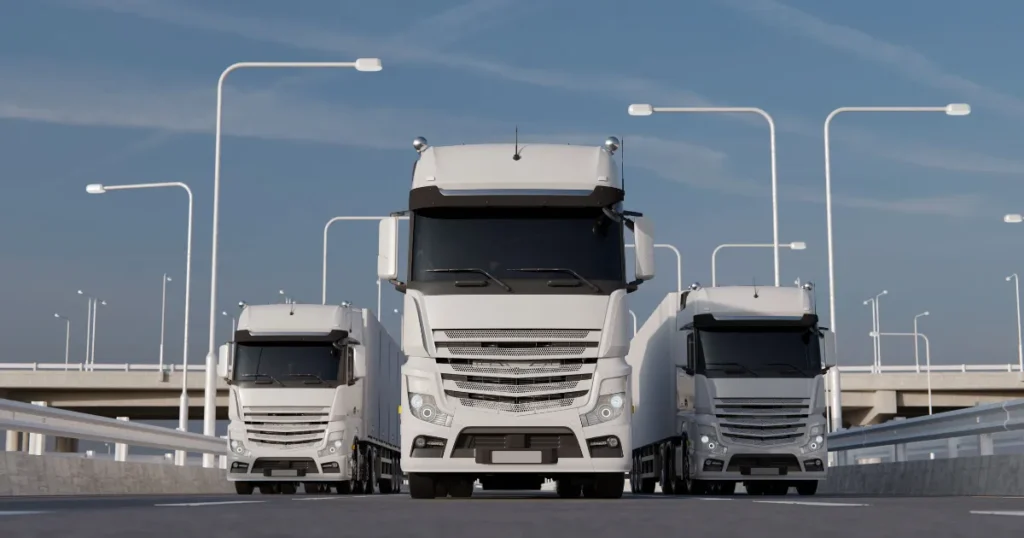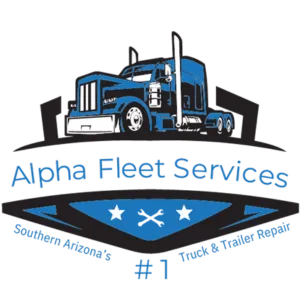Understanding DOT Compliance: Ensuring Safety and Regulations in the Transportation Industry

In the bustling world of transportation, safety and regulation are paramount. This is where DOT compliance comes into play. The Department of Transportation (DOT) compliance refers to the adherence to a set of regulations and standards imposed by the United States Department of Transportation to ensure the safety, efficiency, and integrity of the transportation industry.
The Scope of DOT Compliance:
The DOT covers a wide range of transportation modes, including roadways, railways, air travel, and maritime activities. Each mode has its own specific set of regulations and requirements that companies and individuals must follow to ensure the safety of passengers, goods, and the general public. DOT compliance applies to various sectors, such as commercial trucking, passenger transportation, hazardous materials handling, and more.
Key Components of DOT Compliance:
Driver Qualification: This involves ensuring that drivers meet specific qualifications, such as age, physical health, driving record, and relevant training. Background checks, drug and alcohol testing, and medical examinations are part of this process.
Hours of Service (HOS) Regulations: To prevent driver fatigue and accidents due to overworked drivers, the DOT enforces rules regarding the number of hours a driver can be on the road before taking mandatory rest breaks. Electronic logging devices (ELDs) are often used to track and monitor compliance with HOS regulations.
Vehicle Maintenance: Regular inspection and maintenance of vehicles are crucial to ensure they are in proper working condition. Companies must adhere to maintenance schedules and keep accurate records of repairs and inspections.
Hazardous Materials (Hazmat) Regulations: The transportation of hazardous materials requires strict compliance with regulations to minimize the risks associated with transporting dangerous substances. This includes proper packaging, labeling, and handling procedures.
Drug and Alcohol Testing: Random drug and alcohol testing of drivers is conducted to ensure that those operating vehicles are not impaired, safeguarding the safety of everyone on the road.
Recordkeeping: Proper documentation is a cornerstone of DOT compliance. Companies must maintain records related to driver qualifications, HOS, vehicle maintenance, inspections, and more. These records serve as evidence of compliance and can be subject to inspection by DOT officials.
Training and Certification: Companies are responsible for providing adequate training to drivers and employees to ensure they understand and follow DOT regulations. This includes educating drivers on proper handling of hazardous materials, road safety, and emergency procedures.
Vehicle Inspections: Regular inspections are essential to identify and rectify potential safety hazards. Inspections encompass various aspects of the vehicle, including brakes, tires, lights, steering, and more.

The Importance of DOT Compliance:
Safety: The primary goal of DOT compliance is to enhance safety for everyone on the road. By adhering to regulations, companies minimize the risk of accidents caused by fatigue, impaired driving, or inadequate vehicle maintenance.
Legal and Financial Consequences: Failure to comply with DOT regulations can lead to hefty fines, legal liabilities, and reputational damage. Non-compliant companies risk suspension of operating licenses, which can be detrimental to their business operations.
Industry Reputation: Maintaining DOT compliance reflects a company’s commitment to safety and professionalism. Compliance can enhance a company’s reputation within the industry and among its customers.
Efficiency: Compliance often includes measures to improve efficiency, such as accurate recordkeeping, proper maintenance, and optimized scheduling. These factors can contribute to smoother operations and cost savings.
Challenges and Future Trends:
As technology advances, the transportation industry is experiencing changes in how compliance is monitored and managed. Electronic systems, such as ELDs, are becoming more integrated into daily operations, allowing for real-time tracking and automation of certain compliance tasks. Additionally, environmental concerns and advancements in alternative fuels are prompting the development of new regulations to address sustainability and reduce emissions.
Conclusion:
DOT compliance plays a critical role in maintaining the safety and efficiency of the transportation industry. Adhering to regulations ensures the well-being of drivers, passengers, and the public, while also safeguarding a company’s legal standing and reputation. As technology and industry standards evolve, staying informed and proactive in maintaining DOT compliance will remain essential for all stakeholders in the transportation sector.

